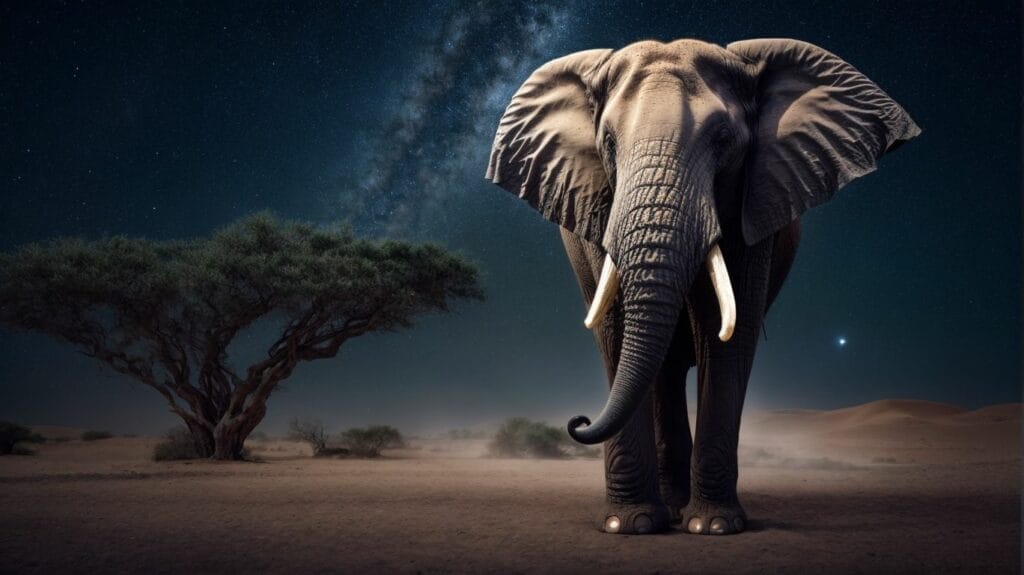Dreaming is a fascinating phenomenon that has captivated human curiosity for centuries. But what about animals? Do they experience dreams, too? Understanding the concept of dreaming, the sleep cycle and the evidence from scientific studies can shed light on whether animals also engage in this mysterious mental activity.
Dreaming can be defined as a series of images, sensations, and emotions that occur during sleep. During sleep, the brain goes through different stages, including Rapid Eye Movement (REM) sleep and Non-Rapid Eye Movement (NREM) sleep. REM sleep is characterized by rapid eye movements, increased brain activity, and vivid dreaming, while NREM sleep involves deeper, more restorative sleep.
The question of whether animals dream has been the focus of scientific investigations. Studies have provided intriguing evidence suggesting that animals do indeed experience dreaming. For example, research conducted by Matthew Wilson, a prominent neuroscientist, demonstrated that rats exhibited brain activity patterns during sleep that closely resembled those observed when they were navigating a maze while awake, suggesting that they were reliving past experiences in their dreams.
Observations of animal behavior during sleep have also provided insights into the possibility of dreaming. Dogs, for instance, often show physical movements like twitching, paddling, or vocalizations during sleep, which resemble the behaviors they display when they are awake. This suggests that they may be engaged in dream-like experiences.
While the exact contents and meaning of animal dreams remain elusive, researchers can interpret certain behaviors exhibited during REM sleep. For example, animals may engage in grooming behaviors or exhibit playfulness, which could indicate that they are dreaming about engaging in similar activities or reliving past experiences.
The reasons behind why animals dream are still a topic of speculation. Some theories suggest that dreaming facilitates memory consolidation and learning, while others propose that it helps animals practice and develop survival skills. More research is needed to fully understand the purpose and significance of dreaming in animals.
It is important to note that sleep patterns vary among different animal species. While mammals and birds, like humans, are believed to experience REM sleep and potentially dream, other animals may have different sleep patterns that are yet to be fully understood.
Key takeaways:
- Animals do dream: Evidence from scientific studies and observations of animal behavior during sleep suggests that animals, like humans, experience dreams.
- Dream content varies among animals: Although we cannot directly ask animals about their dreams, interpreting their behavior during deep REM sleep provides clues about the content of their dreams.
- Dreams serve a purpose: Theories and speculations suggest that animal dreams may play a role in memory consolidation, problem-solving, emotional processing, and learning, contributing to their overall cognitive development.
What is Dreaming?
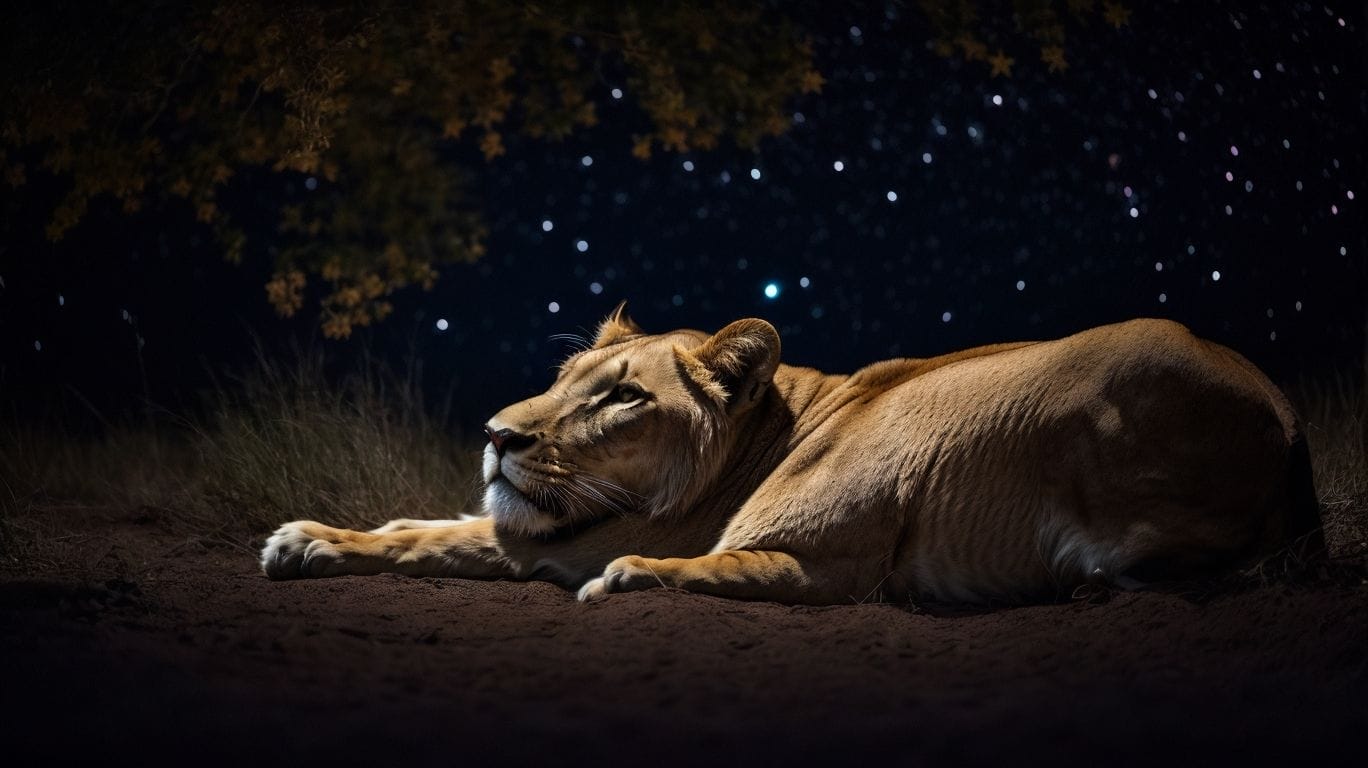
Photo Credits: Petnarnia.Com by Adam Gonzalez
Dreaming is a complex phenomenon that occurs during sleep, and it is often wondered, “What is Dreaming?“. It involves the brain creating realistic and vivid experiences that can be either pleasant or frightening. While humans are known to dream, the question of whether animals also dream remains a topic of debate. Research suggests that animals, particularly mammals, also experience some form of dreaming.
For example, studies have shown that dogs exhibit brain activity similar to that of humans during sleep and dreaming. So, animals share the same intriguing aspect of dreaming that humans do. Since animals cannot communicate their dreams to us, understanding the exact nature and content of their dreams is still a challenge. However, the existence of dreaming in animals adds another layer of fascination to the already mysterious topic of dreaming.
What Happens During Sleep?
During sleep, “What Happens During Sleep?” various processes occur in the body and brain. The brain cycles through different stages, including non-rapid eye movement (NREM) and rapid eye movement (REM) sleep. In NREM sleep, the body repairs tissues strengthens the immune system, and consolidates memories. REM sleep is when dreaming occurs. During this stage, the brain is highly active, and the eyes move rapidly. The body becomes temporarily paralyzed to prevent acting out dreams. These sleep stages repeat throughout the night in cycles. Understanding what happens during sleep is important for maintaining overall health and well-being.
What is REM Sleep?
REM sleep, also known as Rapid Eye Movement sleep or what is commonly referred to as REM sleep, is a crucial stage of sleep characterized by rapid and random eye movement, as well as increased brain activity and vivid dreaming. During this fascinating phase, the body typically experiences temporary muscle paralysis, which serves as a safeguard against physical movement in response to dream content. What is REM sleep really all about? Well, it occurs after non-REM sleep and repeats in cycles throughout the night, contributing to overall restorative sleep. This unique sleep stage is believed to play a pivotal role in memory consolidation, emotional processing, and cognitive development. Thus, it is rightly considered an essential part of the sleep cycle.
For more information, read Do Animals Dream? as published by National Geographic.
Do Animals Dream?
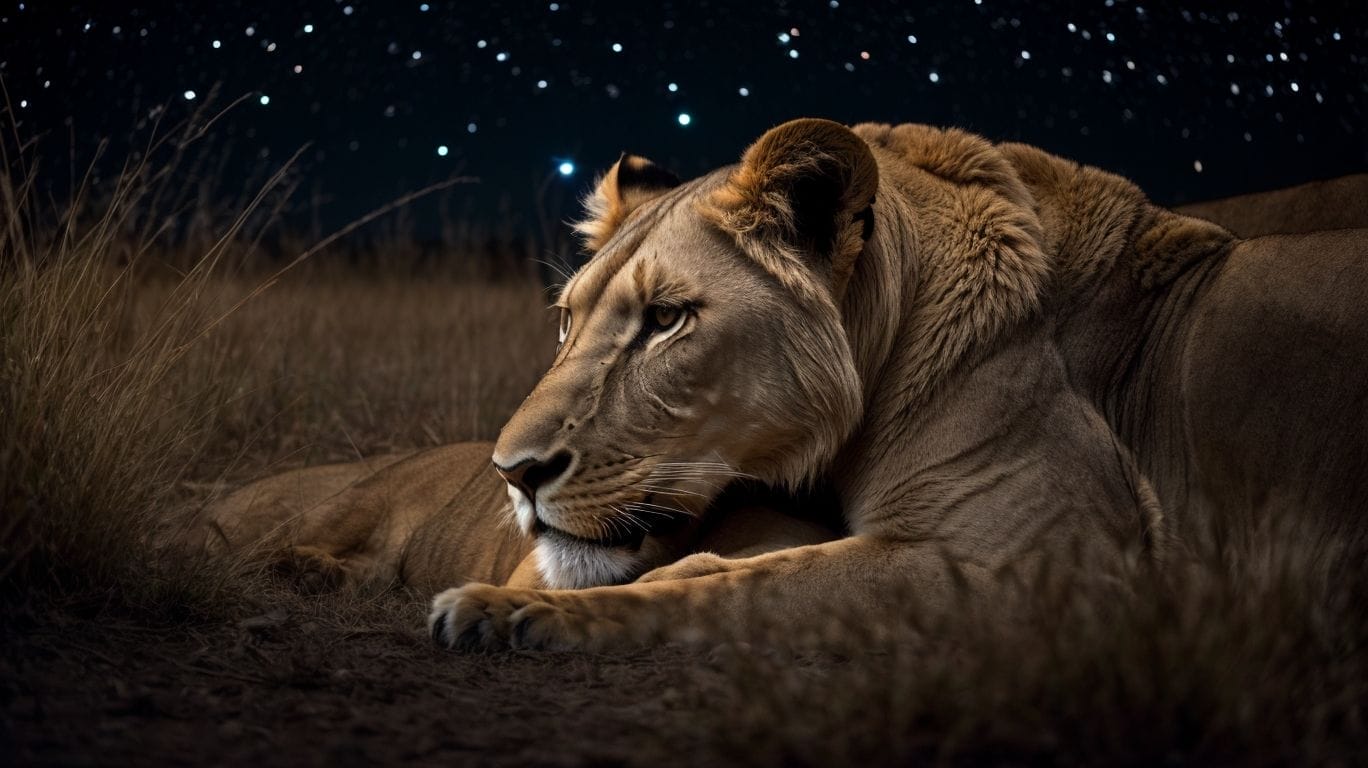
Photo Credits: Petnarnia.Com by Stephen Allen
Do animals dream? Let’s dive into this fascinating topic and explore the intriguing sub-sections that shed light on this enigma. We’ll uncover evidence from scientific studies that support the existence of animal dreams, as well as intriguing observations of animal behavior during sleep. Get ready to uncover the mysteries of the animal kingdom and discover what happens when their eyes are closed, and their minds wander into the realm of dreams.
Evidence from Scientific Studies
Scientific studies have provided compelling evidence that animals indeed dream. Evidence from these studies reveals that researchers have observed brain activity patterns reminiscent of human REM sleep in various animal species. For instance, rats exhibited neuronal activity patterns during sleep that closely resembled those recorded while they were awake and navigating through a maze. This suggests that they were reliving past experiences in their dreams. Similar findings have been documented in cats and dogs. Consequently, these studies provide clear evidence that animals experience dream-like states, shedding light on the cognitive abilities and emotions of different species.
Observations of Animal Behavior During Sleep
During sleep, Observations of Animal Behavior During Sleep provide compelling evidence that animals may be dreaming. These behaviors, such as twitching, leg paddling, vocalizations, sudden movements, and tail flicking, can be observed through careful observations of their sleep patterns and physical movements. Dogs often exhibit these behaviors, suggesting they are reacting to dream experiences. Similarly, cats may also display sudden movements or flick their tails during sleep. By studying these behaviors, researchers can gain insights into the cognitive processes and emotional experiences of animals during their dream states.
What Do Animals Dream About?
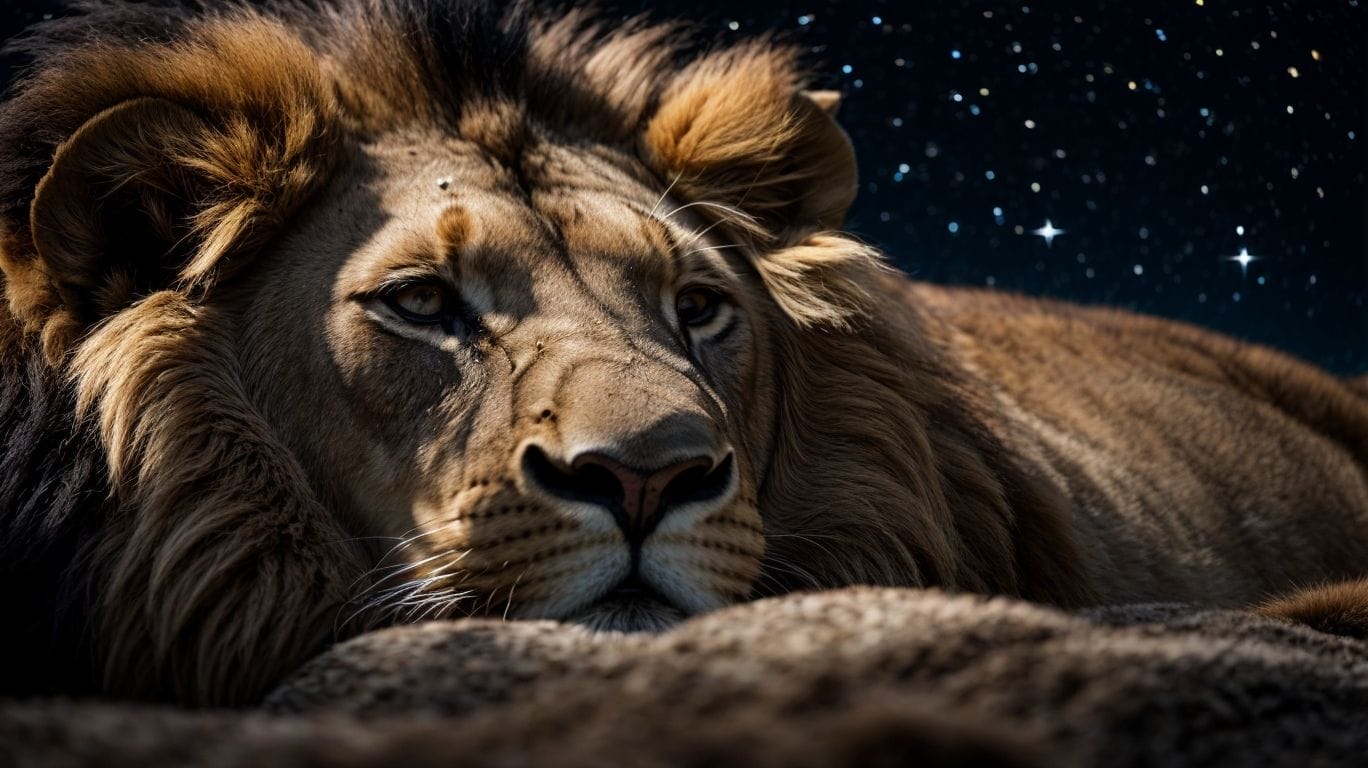
Photo Credits: Petnarnia.Com by Bryan Baker
Have you ever wondered what goes on in the minds of animals while they’re asleep? In this intriguing section, we’ll delve into what animals dream about. From decoding their behavior during REM sleep to unraveling fascinating insights, we’ll explore the hidden world of animal dreams. Get ready to embark on a captivating journey through the mysterious realm of animal sleep and uncover the secrets that lie within their slumber.
Interpreting Animal Behavior During REM Sleep
Interpreting animal behavior during REM sleep can provide valuable insights into the content and nature of their dreams. Researchers carefully observe animals during this specific phase to decode their actions and movements. For instance, if a dog twitches its legs or exhibits facial expressions, it may indicate a dream involving running or chasing. Similarly, if a cat purrs or stretches, it could be dreaming of something pleasant. It is worth emphasizing that the interpretation of animal behavior during REM sleep remains a speculative field, and further scientific investigation is necessary to comprehend the connection between dreams and animal behavior fully.
Why Do Animals Dream?
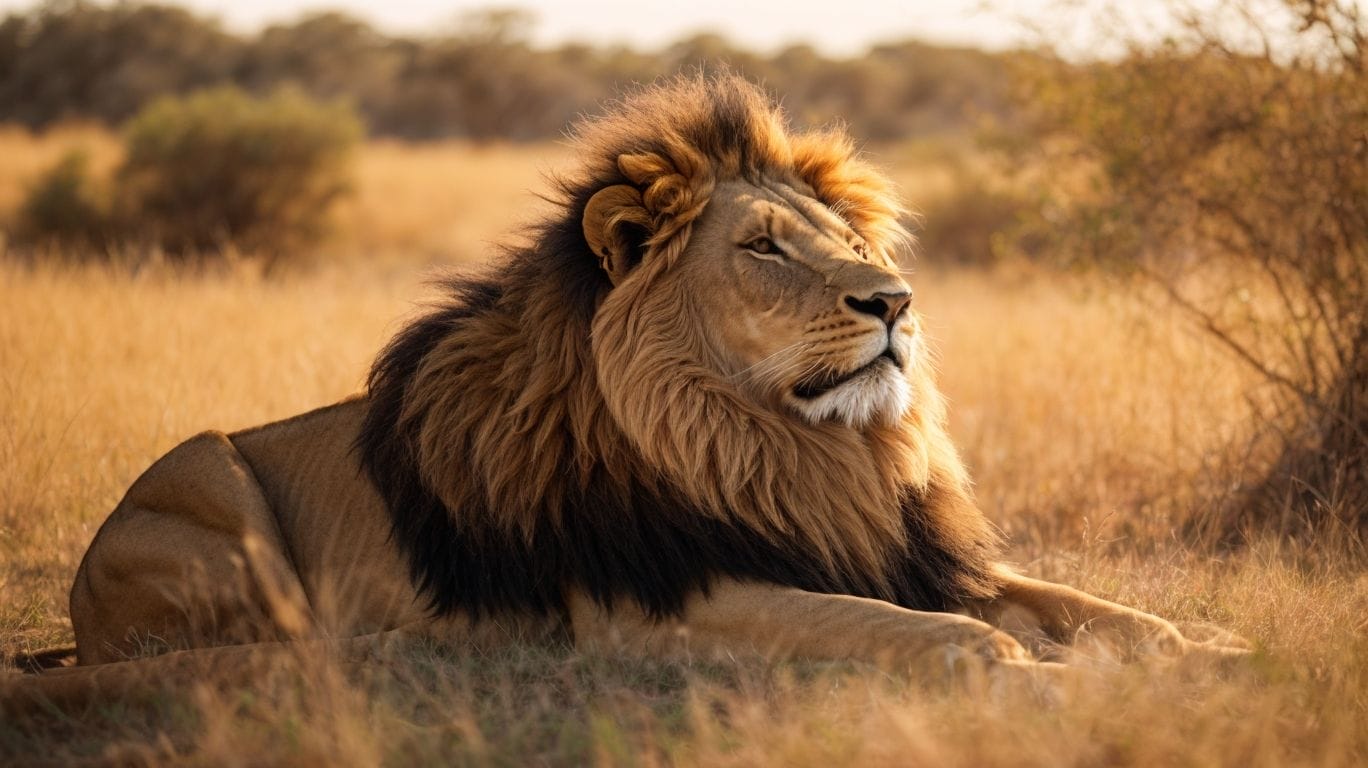
Photo Credits: Petnarnia.Com by Walter White
Why do animals dream? Unravel the mysteries of the sleeping mind as we delve into theories and speculations surrounding animal dreams. From the fascinating realm of subconscious cognition to the ways in which these vivid experiences may impact animal behavior, join us in exploring the enigmatic world of animal dreaming and the possible insights it can offer into the inner lives of our fellow creatures.
Theories and Speculations
“Theories and speculations surrounding animal dreams have captivated scientists for years. It is challenging to determine what animals dream about definitively, but several theories have been put forward. Some propose that animals dream in order to process and consolidate memories, similar to humans. Others speculate that dreaming assists animals in practicing and simulating behaviors crucial for survival. Certain researchers suggest that animal dreams may serve a social function, aiding them in navigating social hierarchies and interactions. Due to the inability of animals to communicate their dreams to us, the precise nature and purpose of their dreams remains a topic of speculation and ongoing research.”
Do All Animals Dream?
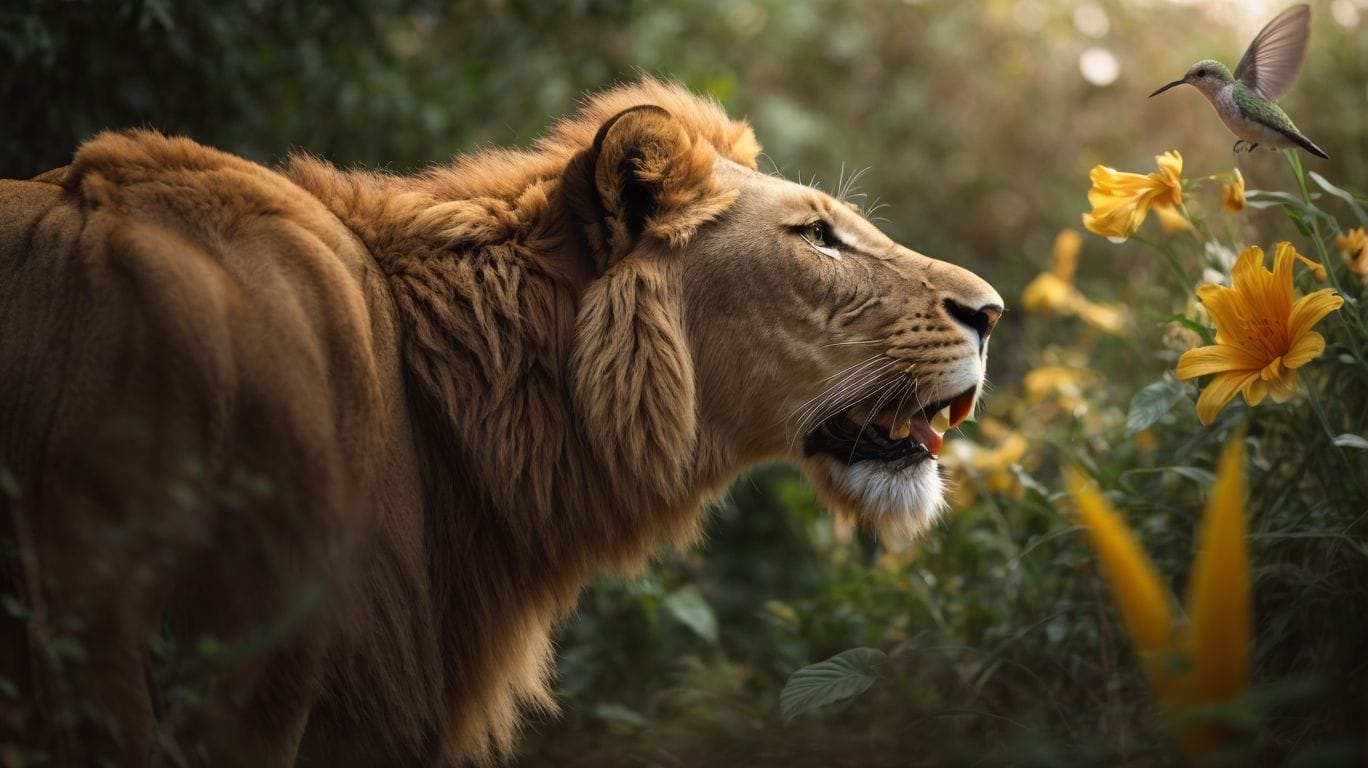
Photo Credits: Petnarnia.Com by Aaron Walker
Did you know that animals can dream just like humans? In this fascinating section, we’ll explore the topic of whether all animals engage in dreaming. Discovering the mysteries of animal sleep patterns and delving into the differences among various species will shed light on this intriguing phenomenon. Get ready to embark on an exploration of the dream world of our animal counterparts!
Differences in Sleep Patterns Among Species
Different animal species exhibit variations in their sleep patterns, including the amount of time they spend in different sleep stages and the overall duration of their sleep cycles. These differences in sleep patterns among species can be attributed to various factors such as ecological niche, predation risk, and physiological requirements.
| Species | Sleep Patterns |
|---|---|
| Dolphin | Unihemispheric sleep – one half of the brain sleeps while the other half remains awake. |
| Cat | Short bursts of sleep with frequent awakenings |
| Bat | Extended periods of sleep, often upside down |
| Giraffe | Very little sleep, often standing up for short periods |
Differences in sleep patterns among species:
- Dolphins exhibit unihemispheric sleep, where one half of the brain sleeps while the other half remains awake.
- Cats show short bursts of sleep with frequent awakenings.
- Bats have extended periods of sleep, often upside down.
- Giraffes experience very little sleep, often standing up for short periods.
Some Facts About “Do Animals Dream?”
- ✅ Scientists are studying animal dreams and learning more about them. (Source: Our Team)
- ✅ The question of whether animals dream is complicated and still not fully understood. (Source: Our Team)
- ✅ Animal dreams could have implications for understanding emotions, memory, and imagination in animals. (Source: Our Team)
- ✅ Spiders may experience REM-like sleep and visual dreams. (Source: Our Team)
- ✅ Domestic cats were some of the first animals studied for dream research. (Source: Our Team)
